Toyota Hilux! Know Your Rig...Where It Came From!

4WCRT Rigs Review
TOYOTA HILUX
RN10 [1968-1972] First Generation
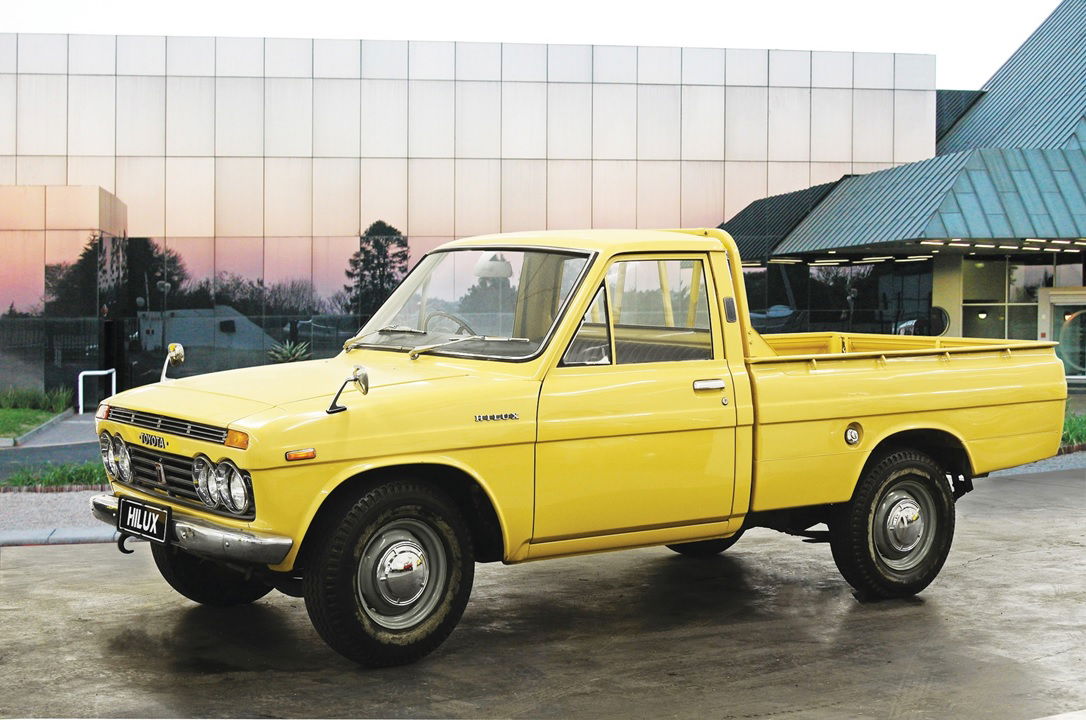
The Hilux started production in March 1968 as the RN10 in short-wheelbase form with a 1.5 L engine, producing 77 PS (57 kW) in Japanese market spec, and in Japan it was available at Toyota Japan dealership retail chains called Toyota Store and Toyopet Store. The modification to the engine was enough for a claimed 130 km/h (81 mph) top speed. This was upgraded to a 1.6 L inline-four engine in February 1971.
RN20 [1972-1978] Second Generation
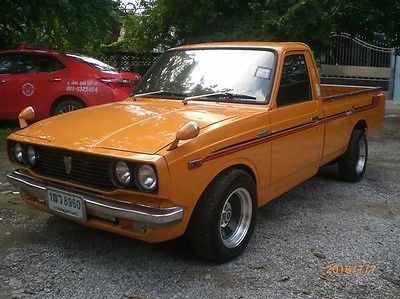
In May 1972, the 1973 model year Hilux was released as the RN20. Nicknamed the "ロケハイ (RokeHi) a Portmanteau of Rocket Hilux", a more comfortable interior was specified along with exterior updates. A 2.25 m (7.4 ft) "long bed" was an option for the first time in North America, although such a version had been available worldwide since April 1969. This received the "RN25" chassis code. The 2.0 liter 18R engine was available in Japan as well, also with an available three-speed automatic transmission. The 2.0-litre automatic only managed a 136.1 km/h (84.6 mph) top speed in a period South African road test, in spite of a claimed 89 kW (121 PS).
RN30 / RN40 [1978-1983] Third Generation
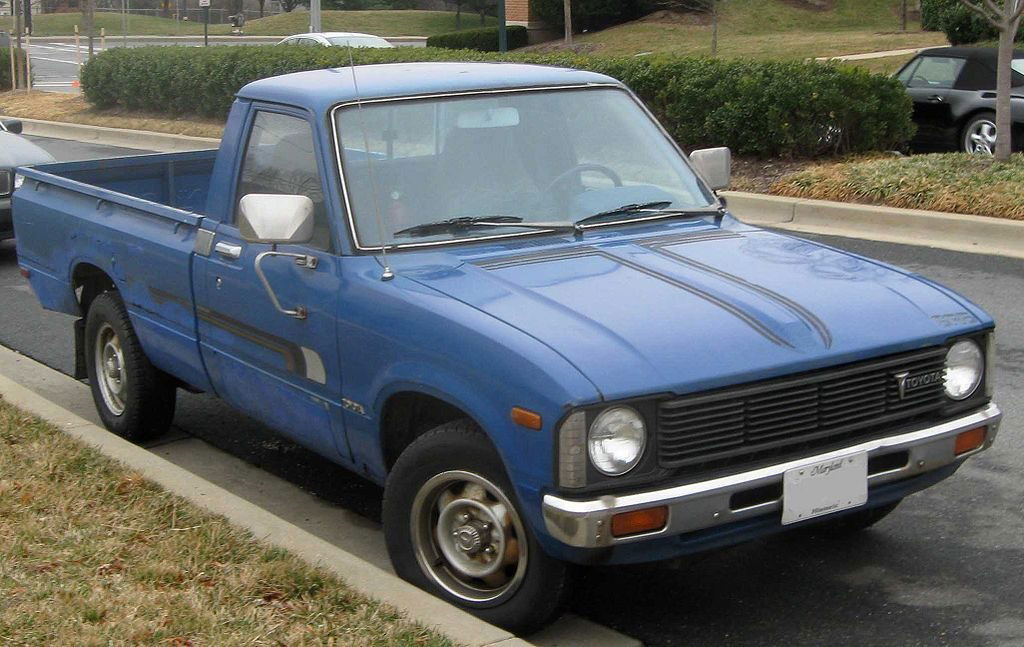
The redesigned Hilux was introduced in August 1978, with a 4WD variant introduced in Jan 1979. The 4WD variant – not offered with any engines smaller than the two-litre "18R" – featured some common technology with the larger Toyota Land Cruiser. Production of the four-wheel drives stopped in July 1983, but some 2WD variations continued in parallel with the next generation. The L series diesel engine was offered on the 2WD variants from September 1979 and the 4WD variants in March 1983. In Japan, the Hilux was joined with the all new Toyota MasterAce, sharing load carrying duties, and sold at Toyota Storelocations alongside the Hilux.
RN50 / RN60 / RN70 [1983-1988] Fourth Generation
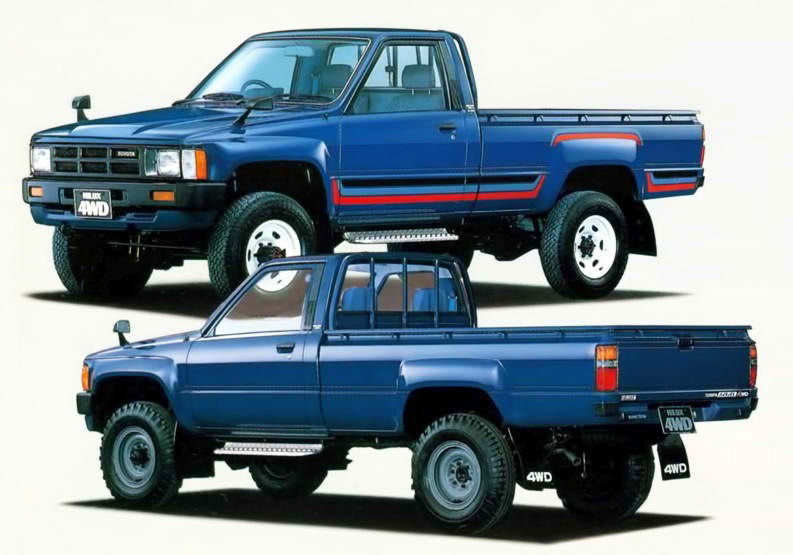
The August 1983 redesign (sold as model year 1984 vehicles in North America) introduced the Xtracab extended cab option, with six inches of space behind the seat for in-cab storage. These "1984" models carried over the carbureted 22R engine while model year 1984 also saw the introduction of the fuel injected 22R-E. Two diesel engines were also offered, the 2L and the turbocharged 2L-T. The diesels were discontinued in the U.S. after the 1986 model year, this was due to higher performance expectations from customers and the wide availability of inexpensive gasoline.
RN80 / RN90 / RN100 / RN110 [1988-1997] Fifth Generation
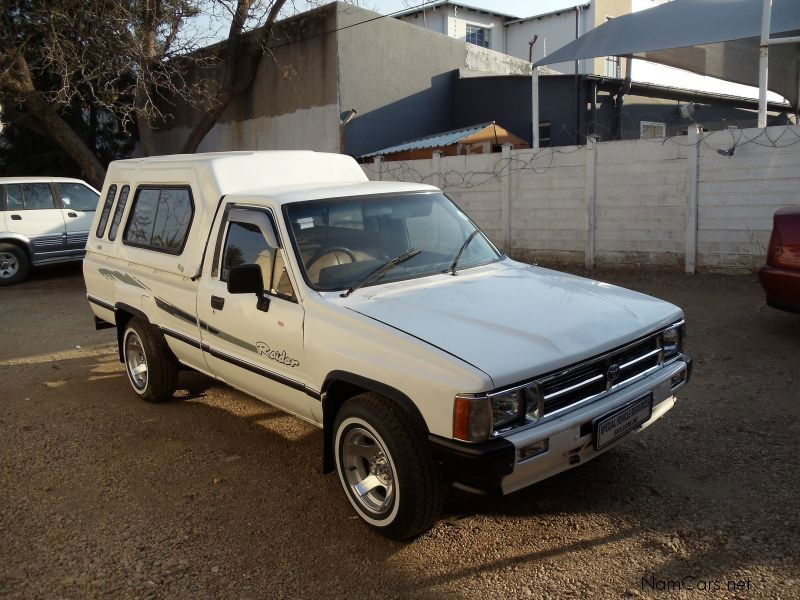
The next redesign, in 1988, produced a longer-wheelbase option, 3,099 mm (122 in) rather than 2,616 mm (103 in) for the regular wheelbase. Its one-piece cargo-box walls eliminated the rust-prone seams that were found in earlier models. The V6 Xtracab SR5 earned Motor Trend magazine's Truck of the Year award that year. The Xtra Cabs now featured more room behind the front seats than the last generation which allowed optional jump-seats for rear passengers, a feature more in line with competitors of the time.
RN140 / RN150 / RN160 / RN170 [1997-2005] Sixth Generation
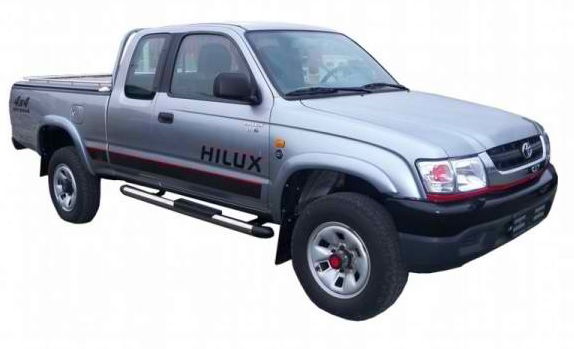
The Hilux was produced in Colombia for sales in Colombia, Venezuela, and Ecuador from 1998 to 2005 by the SOFASA company (with only petrol engines 2.7 L). In Venezuela and Ecuador, the single-cab 2WD chassis/long bed is called the Stout II). For sales in Bolivia, Chile, Paraguay, Peru, it was imported from Japan from 1998 through 2004 (petrol engined 2.7 L, and diesel engined 2.8 L). This model was not sold in Argentina or Brazil because the fifth-generation Hilux had received a redesign and upgrade.
AN10 / AN20 / AN30 [2004-2015] Seventh Generation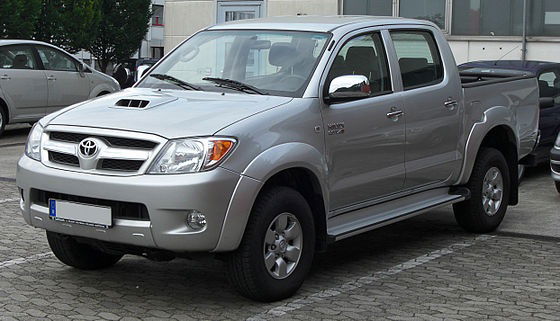
The seventh generation Hilux (AN10/AN20/AN30), part of the IMV program, started production in Thailand during August 2004. Three pickup truck body variants were initially produced: a two-door Single Cab (referred to by Toyota as IMV1), a two-door Xtra Cab (IMV2), and four-door Double Cab (IMV3). In September 2008, Toyota released the Smart Cab, a four-door with hidden rear suicide doors. The IMV program also spawned the Toyota Innova (AN40) minivan (IMV4) and Toyota Fortuner (AN50/AN60) SUV (IMV5). The similar Toyota Tacoma pickup truck, introduced in February 2004 for the 2005 model year, is based on the 4Runnerchassis, while the AN10/AN20/AN30 Hilux rides on an revamped version of the ladder frame found on previous versions. The Hilux increased in size and then became classified as a mid-size pick up.
AN120 / AN130 [2015-PRESENT] Eight Generation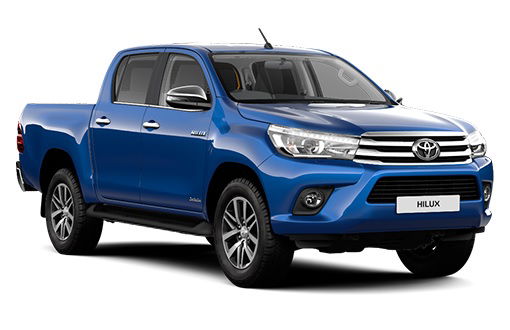
The eighth generation Toyota Hilux was officially released simultaneously on 21 May 2015 in Bangkok, Thailand and Sydney, Australia. The Thai, Laos and Cambodia market also adopted a new name, "Toyota Hilux Revo". The Hilux uses the "Keen Look" design language that has already been used in the Toyota Corolla (E170) with slim projector headlights and LED DRL (Daytime Running Lights). This design continues into the interior with similar AC vent and center fascia design. This generation features Toyota's first autonomous emergency braking (AEB). New ESTEC GD 2.4-liter, 2.8-liter and KD 2.5-liter, 3.0-liter diesel engines, shared with the Fortuner and Innova, were combined with a five- or six-speed manual transmission or a five- or six-speed automatic transmission with sequential shift. The 2.8-liter GD engine was introduced in May 2015 at the 36th International Vienna Motor Symposium. The 2.0, 2.7- and 4.0-liter petrol engines from the previous generation will be reused with a Dual VVT-i update for the three engines to increase power and torque. However, the car would hit the showrooms in October, 5 months after its official release.
Like the previous generation, this generation has also been sold as the TruckMasters OX in Finland by Truck Masters Finland since 2017. The modified suspension means the car is registered as a light truck in Finland, leading to lower taxes.
The Hilux was re-introduced in Japan on 12 September 2017, after 13 years of hiatus. For the Japanese market, these are imported from Thailand.
Facelift via Hilux Conquest for 2018
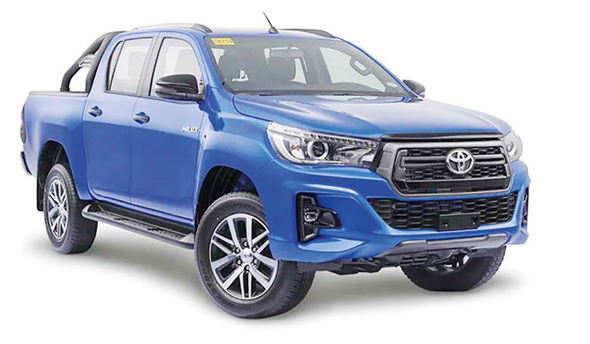
The new truck’s visual upgrades are minimal, but effective. It features a new face that reshapes the front profile, dropping what a lot of people call the ‘boat front’ and replacing it with a more squarish and well-defined lower jaw. The massive front grille is taller, and the wider, flatter shape is a welcome change compared to the pointy nose of its predecessor. It cuts in far lower than the old grille, and helps define the new gaping maw and vertical foglamp bezels on the now squared-off bumper.
The Conquest variant is also the only one in the Hilux range that features LED headlamps and foglamps, while the LED daytime running lamps serve as mean eyebrows that add to the truck’s aggressive demeanor. Another obvious change is the absence of external chrome parts, replaced instead with black plastic bits. The only shiny things on the outside, aside from the Nebula Blue Metallic paint, are the 18-inch wheels, which sadly sport the same six-spoke design from 2016.
wikipedia
topgear.com




